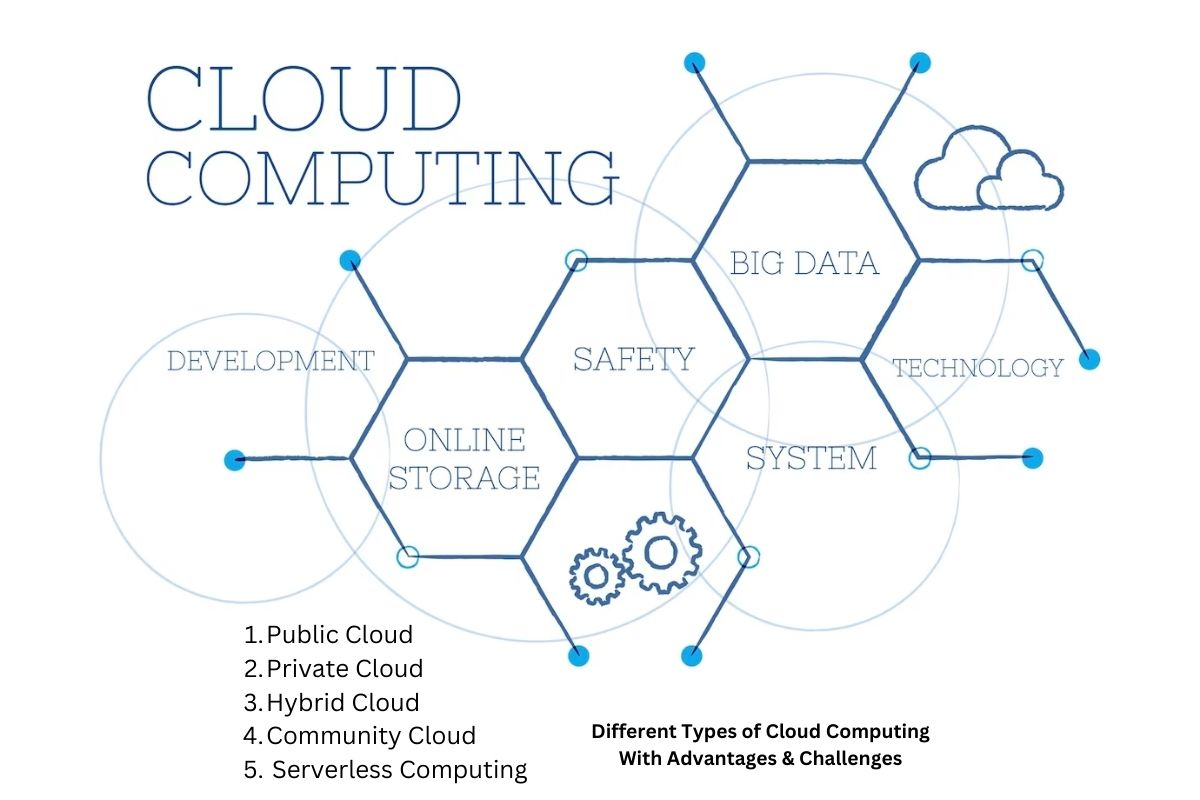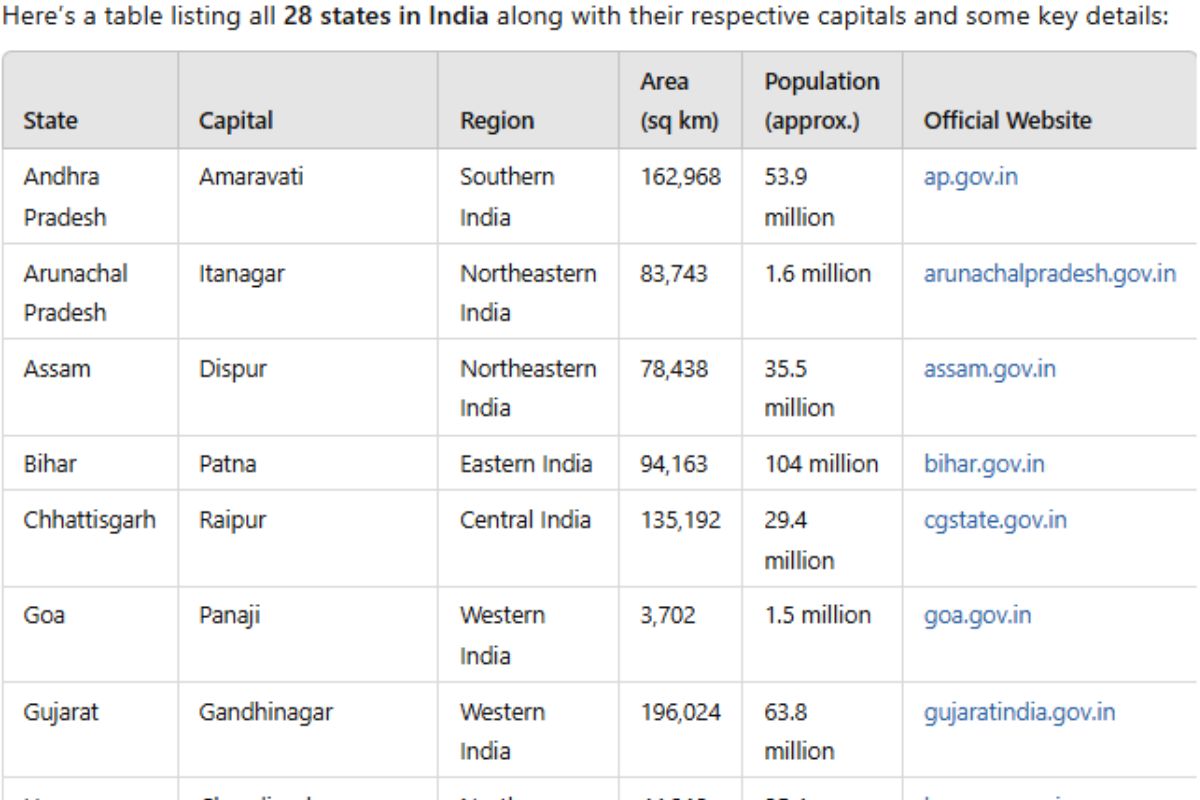In the realm of modern technology, cloud computing has emerged as a transformative force, altering the way individuals and businesses access, manage, and store data. It offers a flexible and scalable approach to computing resources, allowing users to access various services over the internet. Cloud computing can be broadly categorized into several types, each catering to different needs and requirements. In this blog, we will explore the diverse types of cloud computing and their unique characteristics.
1. Public Cloud
Public cloud computing is perhaps the most recognized type of cloud service. It involves hosting resources and services on shared infrastructure managed by third-party providers like Amazon Web Services (AWS), Microsoft Azure, and Google Cloud Platform (GCP). These providers offer a range of services, including virtual machines, storage, and databases, accessible over the internet.
Advantages:
- Cost-Efficiency: Users only pay for the resources they consume, reducing the need for upfront investments.
- Scalability: Resources can be scaled up or down according to demand, ensuring optimal performance.
- Convenience: Users can access services from anywhere with an internet connection.
Challenges:
- Security: Sharing infrastructure raises security concerns, although providers implement robust security measures.
- Limited Customization: Users have limited control over the underlying infrastructure and configurations.
2. Private Cloud
Private cloud computing involves creating a dedicated cloud environment for a single organization. It can be hosted on-premises or by third-party providers. The focus here is on enhanced security, control, and customization. Organizations with strict compliance requirements often opt for private clouds.
Advantages:
- Enhanced Security: Data and resources are not shared with other organizations, offering a higher level of security.
- Customization: Organizations have greater control over infrastructure and configurations.
- Compliance: Well-suited for industries with strict data regulations.
Challenges:
- Cost: Setting up and maintaining a private cloud can be expensive.
- Scalability: Scaling resources might be more complex and less flexible compared to public clouds.
3. Hybrid Cloud
As the name suggests, hybrid cloud computing combines elements of both public and private clouds. This approach allows organizations to leverage the benefits of both environments. They can run sensitive workloads on the private segment and use the public segment for less sensitive tasks, achieving a balance between security and cost-effectiveness.
Advantages:
- Flexibility: Organizations can choose where to run each workload based on requirements.
- Scalability: The public segment offers scalability for fluctuating workloads.
- Cost Optimization: Efficiently allocate workloads to minimize costs.
Challenges:
- Complexity: Managing two separate environments can be challenging.
- Integration: Ensuring seamless communication between the two segments requires careful planning.
4. Community Cloud
Community cloud computing involves sharing infrastructure among several organizations with shared goals or requirements, such as compliance regulations or industry-specific needs. This collaborative approach allows cost-sharing while maintaining a higher level of control compared to public clouds.
Advantages:
- Cost Sharing: Multiple organizations sharing resources can lead to cost savings.
- Customization: Infrastructure can be tailored to meet the collective needs of the community.
- Focused Services: Services can be designed to cater specifically to the community’s requirements.
Challenges:
- Coordination: Coordinating among multiple organizations with varying needs can be complex.
- Security Concerns: Data separation and security must be carefully managed.
5. Serverless Computing
Serverless computing, also known as Function as a Service (FaaS), abstracts infrastructure management to the point where developers only need to focus on writing and deploying code functions. The cloud provider handles the underlying infrastructure, automatically scaling as needed.
Advantages:
- Simplicity: Developers can solely focus on code without managing servers.
- Scalability: Functions scale automatically, handling varying workloads.
- Cost-Efficiency: Users are charged based on actual function execution rather than pre-allocated resources.
Challenges:
- Limited Control: Developers have minimal control over the underlying infrastructure.
- Vendor Lock-In: Adapting code to a different provider might require significant modifications.
In conclusion, cloud computing comes in various flavors, each designed to cater to specific needs and priorities. From the flexibility of public clouds to the security of private clouds and the balanced approach of hybrid clouds, organizations and individuals can choose the type that aligns best with their goals and requirements. The ever-evolving landscape of cloud computing continues to shape the way we interact with technology, providing unparalleled opportunities for innovation and growth.







Pingback: What Is The Cloud In Computer: Definition,Benefits In 2023
Pingback: 11 Health Benefits Of Chia Seeds And 6 Ways To Use - VIEWS STORY
Pingback: Computer Full Form and Its Evolution Through Generations